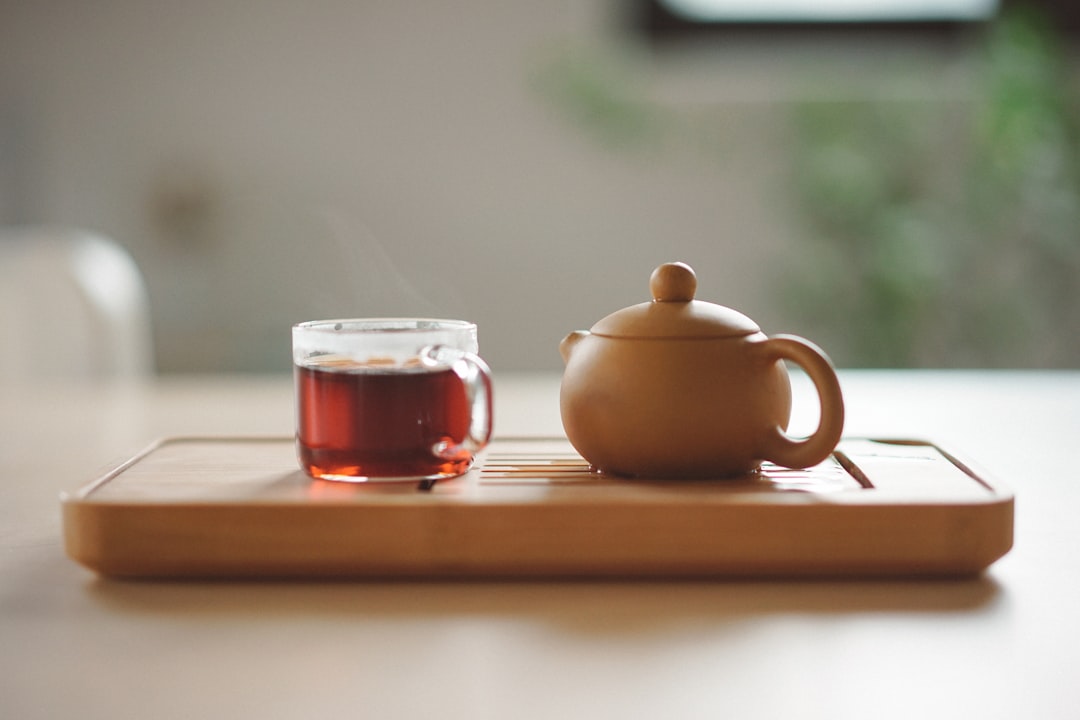In Iran, tea isn’t just a beverage; it’s a ritual, a comfort, and a symbol of hospitality. The act of brewing and serving tea is an integral part of daily life, woven deeply into the fabric of Persian culture. Whether enjoyed alone during a quiet moment of reflection or shared with family and friends in social gatherings, tea—chai in Persian—is much more than a drink. It’s an expression of warmth, community, and tradition.
In this blog post, we’ll explore the profound significance of chai in Iranian culture, its rich history, and how it continues to shape social life in Iran today.
🍵 The Origins of Chai in Iran
Tea was introduced to Persia (modern-day Iran) in the early 17th century, during the Safavid dynasty. While tea had been consumed for centuries in neighboring regions, particularly China and India, it wasn’t until the reign of Shah Abbas I (1588–1629) that tea drinking began to take root in Iran. The Safavid court, influenced by trade routes that connected Persia to Central Asia and the East, welcomed tea as an exotic luxury. It quickly became a favored beverage in the royal palaces, and by the 19th century, it had spread to every corner of Iranian society.
Today, Iran is one of the world's largest consumers of tea, and it’s hard to imagine Persian life without the steady presence of a steaming cup of chai.
🍵 Chai: The Heart of Hospitality
In Iran, offering tea to guests is a deeply ingrained gesture of hospitality. It’s a way of showing respect and appreciation to visitors, and it’s often the first thing offered upon their arrival. Whether you're invited into someone’s home, entering a café, or visiting a relative, the act of serving tea is almost universally expected. It’s a tradition that transcends social status, and no matter how humble or grand the home, a pot of chai is always ready to be brewed.
For Iranians, serving tea is not merely about the drink itself but about welcoming others, creating a sense of warmth and comfort. It is often accompanied by the offer of sweets like baklava or saffron cookies, making the experience even more special. Sharing a cup of tea helps to build connections, deepen relationships, and open up spaces for conversation, laughter, and sometimes even tears.
🍵 The Art of Brewing Chai
While the process of making chai might seem simple, it is a craft in itself. The most common type of tea enjoyed in Iran is black tea, typically served without milk, although some prefer it with a splash of milk or sugar. But the real secret to making perfect Persian chai lies in the brewing method, which has been passed down through generations.
A traditional Persian method involves using a teapot (known as "ghahveh khaneh" or "cha-ye goli"), and the key is to brew the tea in a way that preserves its full flavor and aroma. Here's a brief overview of how Iranians typically prepare their chai:
1. Water and Tea Leaves: The first step is boiling fresh water in a large kettle. A handful of high-quality tea leaves (often from the North of Iran, particularly Gilan or Mazandaran) are placed in a small teapot. The key is to use loose-leaf tea rather than tea bags to get the richest flavor.
2. Steeping: The tea is steeped in the small teapot over low heat to create a strong brew. The teapot is often placed on top of the kettle so that steam from the boiling water gently brews the tea leaves.
3. Dilution: Once the tea is brewed, it’s poured into small glasses and can be diluted with hot water to achieve the desired strength. This method creates a rich, concentrated tea that can be adjusted to personal taste.
4. Serving: Persian chai is typically served in small, clear glasses rather than cups, allowing drinkers to admire the tea's deep amber color. It’s traditionally served with a small spoon of sugar or sugar cubes on the side, allowing guests to sweeten it to their liking. Some Iranians also enjoy tea with a slice of rock candy (known as "nabāt") placed in their mouth as they sip.
The ritual of brewing and drinking chai in this manner adds a certain serenity and mindfulness to the experience. It encourages people to pause, slow down, and appreciate the moment.
🍵 Chai and Social Life: The Gathering Place for Conversation
Iranian tea culture is deeply intertwined with social life. It’s not just a drink, but a catalyst for connection. Tea breaks are an essential part of daily routine, with people often gathering over a hot cup of chai during:
-
Family get-togethers: Whether it’s a small gathering at home or a large family reunion, chai is central to connecting with loved ones and sharing stories.
-
Business meetings: It’s common to serve tea during business negotiations or meetings, creating an atmosphere of calm and approachability.
-
Coffeehouses and tea houses (Chaikhaneh): Across Iran, traditional teahouses are popular meeting spots where people can relax, share stories, and enjoy a quiet moment away from the hustle and bustle of life. These establishments play a significant role in fostering a sense of community and cultural heritage.
🍵 Chai in Iranian Literature and Culture
The symbolism of chai also runs deep in Iranian literature and poetry. Many Persian poets, from Hafez to Saadi, have written about the joys and pains of drinking tea. It appears in countless poems, symbolizing everything from tranquility and meditation to romance and friendship.
For instance, Hafez, in his timeless ghazals, often invoked tea as a metaphor for life itself—sweet and bitter, calming and energizing. Tea's role in poetry reflects its importance in daily life as a vehicle for reflection and philosophical pondering.
🍵 Chai Beyond Iran: Persian Tea Culture Around the World
While chai is deeply embedded in Iranian culture, its influence extends far beyond Iran’s borders. Persian tea culture has left its mark on neighboring countries like Turkey, Afghanistan, Azerbaijan, and even parts of Central Asia, where tea continues to play a similar role in social and ceremonial life. Additionally, Iranian immigrants have taken their tea tradition with them across the globe, from North America to Europe, ensuring that the rich, aromatic tea culture is shared with diverse communities.
🍵 Conclusion: Chai as a Cultural Cornerstone
In Iran, chai is much more than just a drink—it is a symbol of hospitality, a reflection of heritage, and an integral part of daily life. From the slow and deliberate process of brewing tea to the warmth it fosters in social gatherings, Persian tea culture is a cherished tradition that continues to connect people across generations and cultures.
So, the next time you enjoy a warm cup of tea, take a moment to appreciate the ritual, the tradition, and the deep connections it represents—because, in Iran, chai isn’t just tea; it’s a celebration of life itself.





